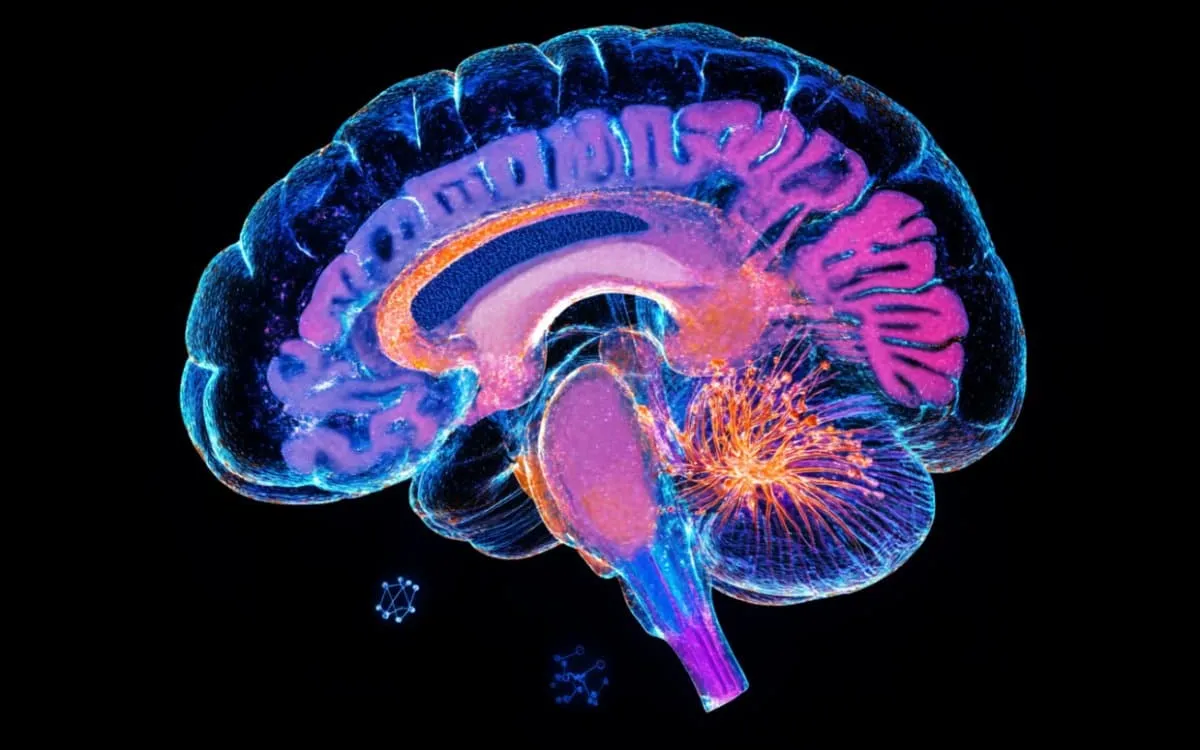
Frontotemporal dementia (FTD) is a prevalent form of early-onset dementia that often presents challenges in diagnosis due to its symptoms overlapping with various psychiatric and neurological disorders. Recent advancements in research funded by the National Institutes of Health (NIH) have unveiled pivotal protein changes in spinal fluid that may represent the first specific biomarkers for diagnosing FTD in living patients. These findings could revolutionize our understanding of the disease and improve diagnostic accuracy.
A study conducted by researchers at UC San Francisco has identified significant protein changes in the spinal fluid of FTD patients. By analyzing more than 4,000 proteins from spinal tap fluid obtained from 116 patients with inherited forms of FTD, the research team compared these results to those of 39 healthy relatives. This comprehensive analysis has illuminated critical biological mechanisms, particularly alterations in RNA regulation and neural connectivity, which may drive the progression of FTD.
The study, published in Nature Aging on May 16, highlights the potential of these protein changes as biomarkers for FTD. The identification of specific proteins linked to RNA regulation and brain connectivity issues suggests a promising avenue for early diagnosis. “If we can identify FTD early on, using some of the proteins we’ve identified, we can direct patients to the right resources and therapeutic trials,” stated Rowan Saloner, PhD, a leading researcher in the UCSF Memory and Aging Center.
Diagnosing frontotemporal dementia is particularly challenging, as the disease affects individuals in the prime of their lives. Often, it is misdiagnosed as depression, schizophrenia, or Parkinson’s disease, leading to delays in appropriate treatment. The findings from this NIH-funded research not only offer hope for earlier diagnosis but also aim to guide patients toward targeted therapies and clinical trials, enhancing their quality of life.
In this groundbreaking study, researchers utilized advanced aptamer-based proteomics to analyze the cerebrospinal fluid of FTD patients. This method allowed for the identification of dysregulated communities of co-expressed proteins, leading to the discovery of 31 protein co-expression modules. Notably, the research revealed that patients with genetic mutations associated with FTD exhibited an increase in RNA splicing proteins, particularly in cases linked to the C9orf72 and GRN mutations.
The insights gained from this study could pave the way for developing earlier diagnostic tools for FTD, enabling healthcare providers to initiate appropriate treatments before the disease progresses. The research team, including prominent figures like Adam Boxer, MD, PhD, and Howie Rosen, MD, from UCSF, hopes that their findings will lead to the identification of reliable biomarkers and therapeutic targets, enhancing the precision of treatments available for FTD patients.
As researchers continue to explore the intricate biological mechanisms underlying frontotemporal dementia, the identification of specific protein changes offers a beacon of hope for improved diagnostic and therapeutic strategies. The findings from this study not only hold promise for affected individuals but also contribute significantly to the broader understanding of dementia research.
This research was supported by various funding bodies, including the National Institute on Aging and the National Institute of Neurological Diseases and Stroke, among others. The collaboration of esteemed researchers from UCSF and the Mayo Clinic underscores the importance of multidisciplinary efforts in tackling complex neurological disorders such as FTD.